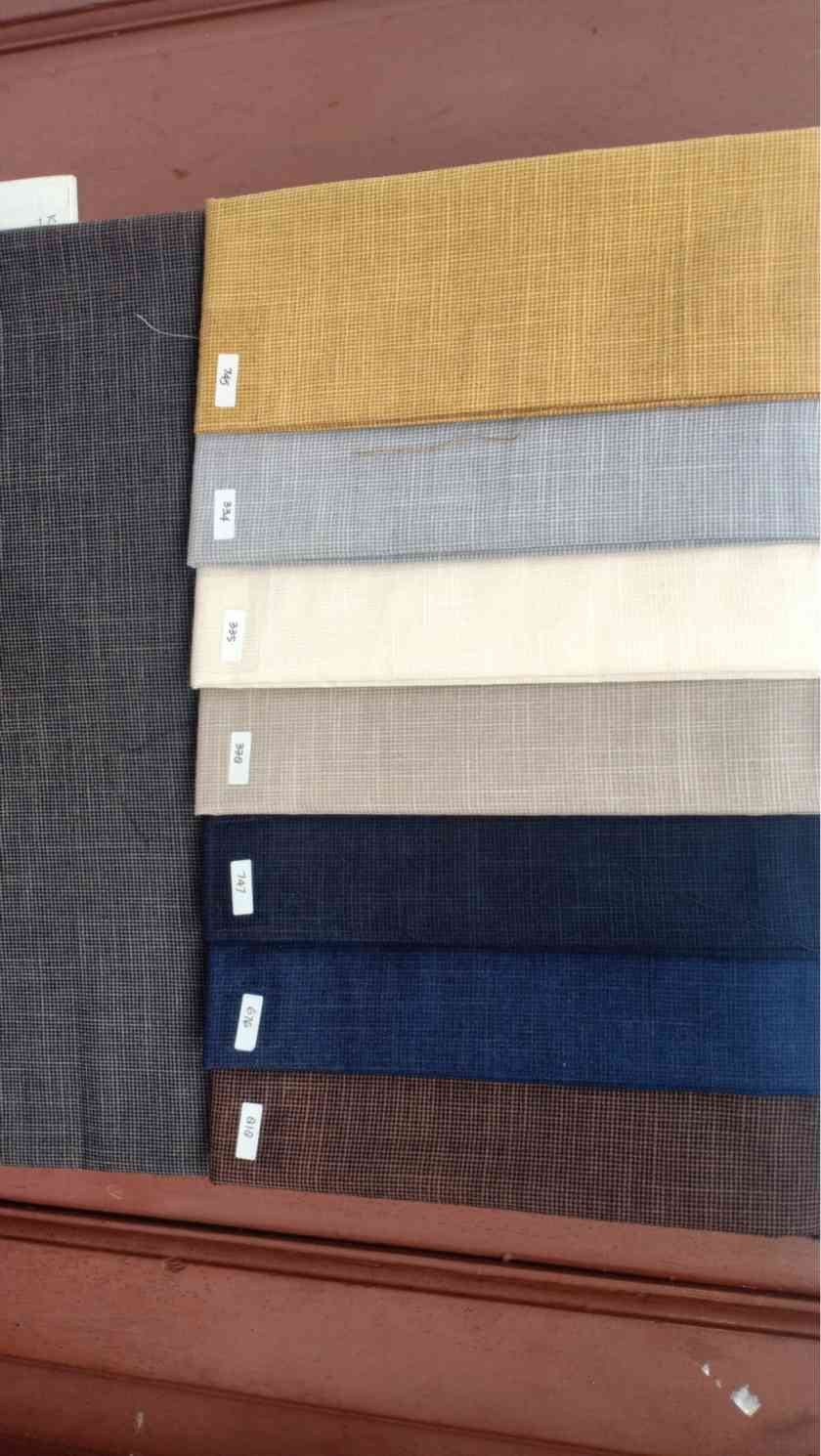Poplin : Small things you need to know about the fabric.



| Fabric | Poplin |
| Types | - |
| Major Exporter | China and India |
| Used For | Dresses, shirts, blouses, pants, pajamas |
| Thread Count | Depends on the fabric used |
| Breathability | High |
Poplin is a thick fabric made of either wool or cotton or silk, with a horizontal warp and a vertical weft. Poplin fabric can be 100% cotton or a poly blend nowadays. Initially it used to be a commonplace attire but later was taken up as part of versatile applications, ranging from everyday wardrobe to haute couture fashion.
About Poplin Fabric
Poplin is a plain weave fabric which means it is woven with a simple over-under pattern. Poplin is also called a tabinet fabric. The fabric has a distinctive ribbed texture and a tightly closed weave. It is a much stronger fabric which makes it sturdy. It would be right to say that poplin is more of a weave than a fabric. Poplin has unique properties which make it both comfortable and stylish.
The History of Poplin
The term poplin originates from papelino, a fabric made at Avignon, France, in the 15th century. The name referred to the Papal residence where it was first produced and to French papelaine which was a silk fabric made during the same period. The popularity of poplin was first recorded in the twentieth century when it used to be made for heavy wear in winter. In the 1920s, British-made cotton poplin was introduced in the United States of America. In World War II, both British and US military personnel used poplin as the main material for their uniforms. It kept soldiers cool when necessary but it was strong enough to endure rough elements.
Why is poplin a much-demanded fabric?
The rigid structure of the fabric gives poplin a softness to the lustre and a silky smooth surface. It has an elegance in its look. Poplin feels smooth and even against the skin. It is durable and very strong. Cotton or silk poplin is usually lightweight. The fabric is very breathable and comfortable. Poplin is moisture absorbent and dries quickly. It does not retain odors. It takes dyes and prints well, making it versatile in designs and colours. Poplin doesn’t wrinkle easily.

Uses of Poplin
Poplin dresses, shirts, blouses, pants have already become staples in men’s and women’s clothing. Lightweight, airy clothing and pajamas are common cotton poplin dresses. Various upholstery items are made from the fabric too.
The ideal season for Poplin
Cotton Poplin is highly suitable for the summer season. Poplin dresses and shirts are a staple for the summer wardrobe. Silk Poplin is suitable for all seasons. Woollen Poplin is worn only in winter.
Poplin and Broadcloth
Poplin is a lightweight fabric with a fine smooth weave and texture with a certain crispness. Broadcloth would have a somewhat coarser texture and softer feel and maybe a bit thicker. Unlike poplin, broadcloth is woven with yarns of the same size in the warp and weft. Broadcloth, a fabric whose weave is very similar to poplin except more densely packed, is one of the most formal shirtings for day-to-day wear.

Leading exporters and producers
China and India are leading producers and exporters of Poplin.
The ethical side of Poplin
Cotton Poplin or Silk Poplin is ethical fashion since both are natural fibres. Cotton cultivation may raise environmental concerns because of soil depletion. Synthetic Poplin is not eco-friendly as both the fibre and the process of production can harm the environment. The synthetic fibres are non-biodegradable in nature. Companies should take up responsibility for a sustainable method of organic cotton production to eliminate any negative impact on the environment. Silk Poplin can be certified by Silk Mark and Woollen ones come under the wool mark. Cotton Poplin can be certified by the European Union’s organic standards organization and the United States Department of Agriculture (USDA)



















